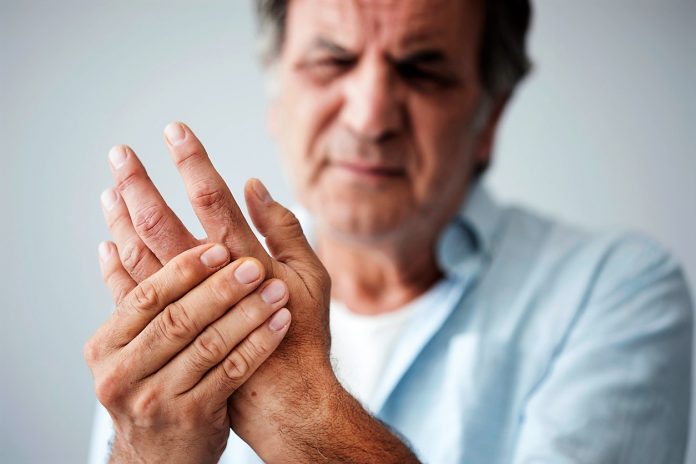One of nature’s most amazing machines, the human body is as fascinating as it is beautiful. From the circulatory to the skeletal system, our anatomy is constantly subject to environmental variables and physical changes. In view of that myriad of factors impacting both our bodies and brains, it can be sometimes challenging to identify the origin of painful sensations. If you experience pain in your shoulder, knee or ankle, your joints may be the ones to blame. When it comes to joint aches, understanding your pain is the first step in finding the right treatment, learning a new exercise routine and getting your quality of life back.
What are joints made up of?
Joints are made of bone, cartilage, ligaments, tendons and muscle. There are 3 types of joints: fibrous, cartilaginous and synovial. Synovial joints (shoulders, elbows, hips and knees) make up to 80 % of all joints in the body.
In a healthy joint, these components allow it to move without pain, stiffness, catching, or friction. As most of our joints are mobile, they depend on each of these important components to accommodate painless movement. Without the protective features of each element, bone on bone contact occurs and so does pain.
Causes, symptoms, and treatments
It’s important to realize that joint pain doesn’t just affect the elderly. Although a very common cause of joint pain is arthritis — 1 in 5 Canadians live with it every day — joint pain can be caused by different factors, from injury and inflammation to other conditions like: rheumatoid disease, infection, gout, tendinitis and bursitis… The causes behind bone and joint pains can be so numerous that some estimates shared by the Canadian Orthopaedic Foundation state that more than 90% of Canadians will require orthopedic treatment in their lifetime.
When joint pain strikes, there are several combinations of symptoms to look out for. You may experience weakness in the joint, warmth, redness, swelling, loss of motion, and even joint locking. If the pain persists for three days or more, you should go see a doctor. Each person experiences pain differently, and each patient is unique. To manage the pain, some nonsurgical treatment options entail a change of lifestyle that includes staying physically active (moderate exercise), stretching before and after exercising, maintaining a healthy weight, and of course, lessening stress on your joints.
When is surgery necessary?
If you have stiffness or pain in your joints, avoid delays and unnecessary suffering by consulting a specialist. Waiting for treatment often results in worsening of the condition. At our clinic, our first step is to perform a clear radiologic diagnosis that can be assisted by ultrasound to reveal which treatment is appropriate for you.
Depending on the condition, there are a number of procedures an orthopaedic surgeon can offer to treat painful joints. At ICS Montreal, treatment plans could range from medication, braces, physical therapy, injections of corticosteroids, hyaluronic acid and PRP (platelet rich plasma ). We also offer surgery, ranging from minimally invasive arthroscopy to partial or total joint replacements.
























